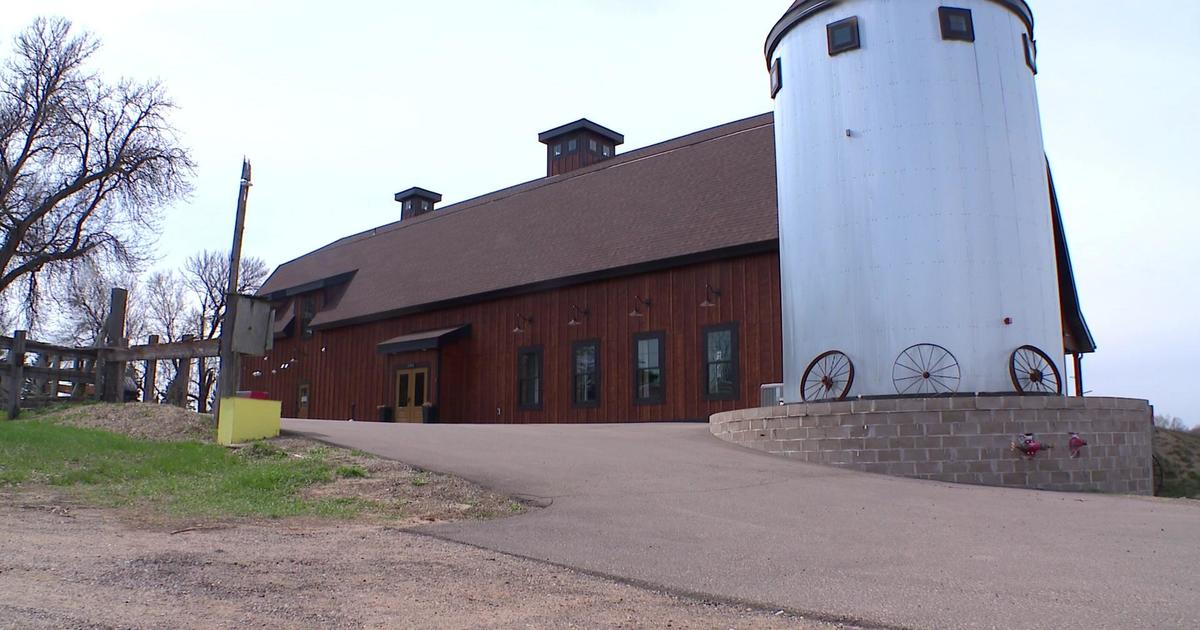Revival Under Way At Forgotten Duluth Orchard
DULUTH, Minn. (AP) -- Efforts are under way to revive a century-old and long-forgotten orchard near Duluth that holds unique varieties of apples bred for the Northland's short and unforgiving growing seasons.
"Some of these varieties may not be found anywhere else," said Cindy Hale, a researcher with the University of Minnesota Duluth Sustainable Agriculture Project. "Some are listed as endangered."
The orchard, at the UMD field station, was planted around 1911 by university horticulturists to develop new, northern-hardy apples for local farmers and residents, the Duluth News Tribune reported. The goal was to develop not just apples to eat off the tree but that could be stored in cellars for long winters and to make into pies, ciders and sauces.
The last known map of the orchard, identifying trees by variety, was drawn in 1948. The orchard was abandoned by the 1970s. But a new generation of apple lovers, researchers and local food fans say they stumbled onto a treasure trove when they rediscovered it in 2009, hidden among pine trees that had sprouted over the past 40 years.
Since that rediscovery, they've found northern varieties in the orchard with names like yellow transparent, hibernal and Goodland and Cortland. Some are unique, some are old favorites and a few of the varieties remain unidentified.
They've identified about 35 trees across five acres on the 65-acre UMD property. Some of the remaining apple trees date back to at least the 1930s and maybe earlier. But only part of the orchard has been cleared by students and staff. A logger has been hired to remove pine trees to make more room for the apple trees to thrive.
The old orchard was part of a network of U of M experimental stations aimed at developing crops that would thrive across the state's landscapes and climates. The university encouraged small, diverse farms with a variety of livestock and produce for growers to feed their families and sell locally.
"It's the same thing we're trying to encourage now. There's a movement back to small growers supplying local, sustainable, organic food," Hale said. "What they were learning 100 years ago can help us get there again."
Growing food locally reduces transportation costs, as well as fossil fuel use and air pollution. And supporters say growing food close to home provides jobs and income locally.
"There's a good chance the apples you buy in the store now are from Fiji or Argentina or, at best, Washington state," Hale said. "The average apple sold in the U.S. travels 1,500 miles to get to the table."
Hale and other orchard fans are hoping to win a grant for 50 new heritage fruit trees through a national online contest sponsored by Edy's Fruit Bars. They would also use the grant for site preparation and for a community planting celebration.
"The fruit from those trees will be available to the entire community for free," she said. "This will be Duluth's community apple orchard."
The orchard also would serve as a classroom both for backyard growers and small, commercial orchards. The goal isn't to develop a big new commercial apple industry to sell apples to Minneapolis or Chicago, just to supply the Twin Ports.
"UMD Food Services buys and sells about 52,000 apples every year, and they are interested in moving that to a local supplier," Hale said. "When we get the big hospitals and schools and grocery stores and restaurants buying locally, that's when local, organic, sustainable food can really make a difference."
The orchard is just down the road from UMD's sustainable agriculture garden and from the new Duluth Community Farm, a community farming project that will start growing vegetables this summer.
"Farmers are not only food producers but stewards of the land and the communities in which they live," said Jamie Harvey, founder of the Duluth-based Institute for a Sustainable Future. "Their livelihoods are dependent not only on the health of soils, clean air, pollinating insects and more, but on the communities that consume the food they grow. Our current food production model of distant food production with intensive chemical and energy inputs has divorced farmers from this relationship."
(© Copyright 2011 The Associated Press. All Rights Reserved. This material may not be published, broadcast, rewritten or redistributed.)



